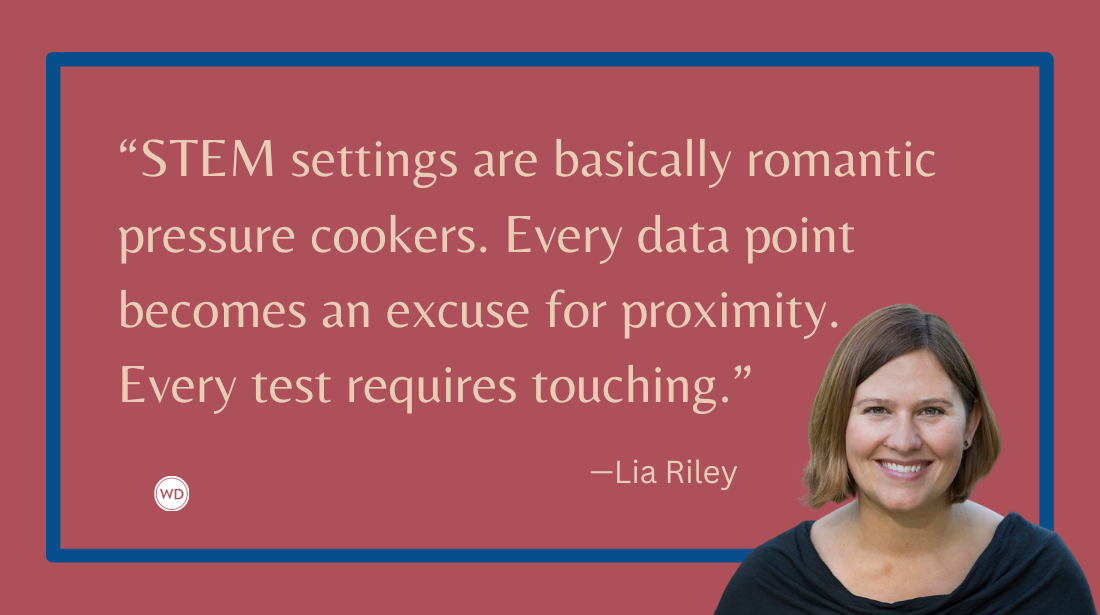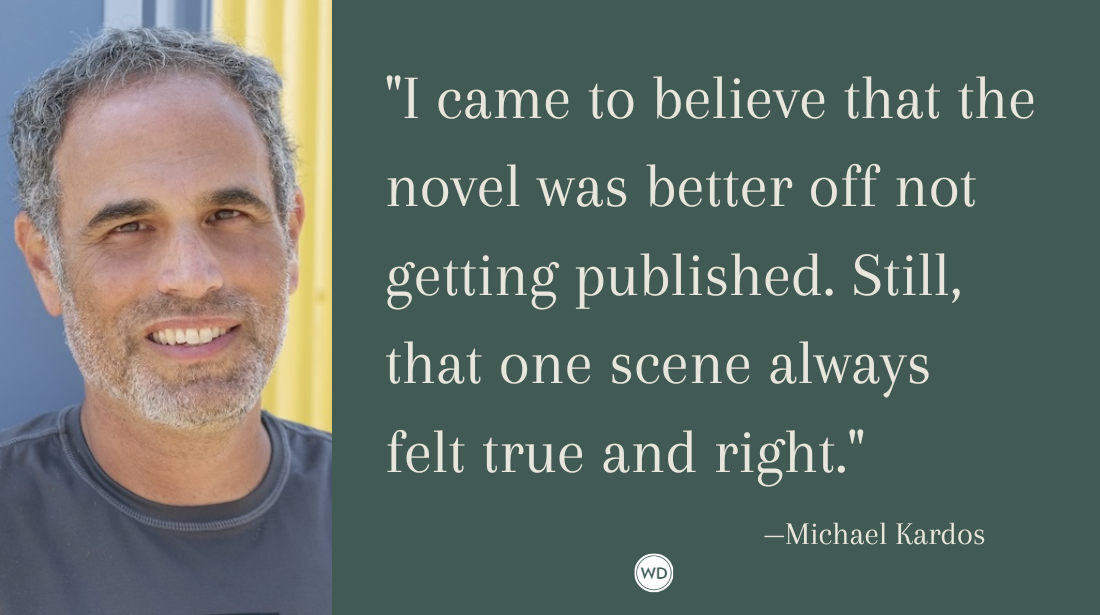Keeping Your Narrator’s Secrets When Writing a Series
Mystery novelist Tessa Wegert gives writers simple tricks to ensuring your character’s secrets are revealed at just the right time.
I recently read an article about Lee Child—creator of the famed Jack Reacher series—and his techniques for creating suspense. Novelists, Child was quoted as saying, should make a habit of asking questions and delaying the answers. He explained that humans are “programmed” to wait for answers to the questions they’ve heard asked. Because of this innate need to know what happens next, limiting the information you share about your protagonist is crucial to writing a book that keeps readers turning pages.
This practice is particularly relevant when the book you’re writing is part of a series. If you’re parceling out a story over time, it’s important that you don’t reveal too much too soon.
But how much is too much? And how soon is too soon? These are thorny questions, especially if you aren’t sure how many books your series will ultimately comprise. You’ll want to introduce some backstory, and you can bet readers will be keen to know more, but take a cue from Child and make an effort to withhold some of your narrator’s secrets.
Near the beginning of Death in the Family, the first book in my Shana Merchant series of mysteries, readers come to learn that Shana has a facial scar. I describe it, I describe how others respond to it, and to some extent, I describe how it makes Shana feel. What’s noticeably missing is the story of how she got it. Readers won’t learn that until The Dead Season, which picks up three weeks later and follows the senior investigator as she returns to her hometown to confront the ghosts of her past.
IndieBound | Bookshop | Amazon
[WD uses affiliate links.]
It isn’t just past experiences and physical characteristics that writers sometimes choose to hold back. True identities are up for grabs as well. Readers learn early on that Shana, a former NYPD detective, narrowly escaped abduction by a killer with whom she shares a hometown. Blake Bram has assumed a false identity, but readers learn there’s a possibility Shana knows who this monster really is. It isn’t until the sequel, however, that the particulars of their relationship come to light.
For readers, this strategy creates a sense of getting to know a new friend. Just like with a real-life acquaintance, their personal history, preferences, and idiosyncrasies aren’t immediately apparent, but the more time you spend with them, the more you discover about their life. Then, when you visit them again in a future novel, it’s with the understanding that you have—and will continue to gain—greater insight into their character.
Think of your series in the context of television: Every episode brings new revelations. In the spy thriller TV series Killing Eve, flashbacks slowly guide viewers through the core experiences that shaped psychopath assassin Villanelle’s ruthless character while Eve, the intelligence officer who’s obsessed with her, closes in. Even by the end of the first season, there’s much we don’t know about Villanelle and still more that Eve has yet to discover. In other words, your protagonist’s secrets aren’t the only ones worth keeping.
The added perk of leaving a few loose threads is that you can pick them back up in future stories should you find yourself at a loss for what to write. That high school rivalry you touched upon in Book 1? It could be fodder for a Book 3 storyline that ends in a standoff. Similarly, the emotional turmoil triggered by a past trauma can resurface for your character years after the fact.
So, how much is too much and how much is too soon when it comes to illuminating the history that make your characters who they are? A good rule of thumb is to share only enough to maintain your story’s momentum. If a fact is germane to a current situation and you’ve built the necessary suspense to give your big reveal maximum impact, then by all means, share away. If not, hold off until the timing feels right.
Where secrets are concerned, the idea is to dole them out like pieces of Thanksgiving pumpkin pie. If you do so thoughtfully, readers won’t mind waiting a year for another slice.
Tessa Wegert is the author of Death in the Family and The Dead Season, part of the Shana Merchant series of mysteries. A Canadian-born former freelance writer whose work appeared in Forbes, The Huffington Post, Adweek, and The Economist, Tessa now lives with her husband and children in Coastal Connecticut.









